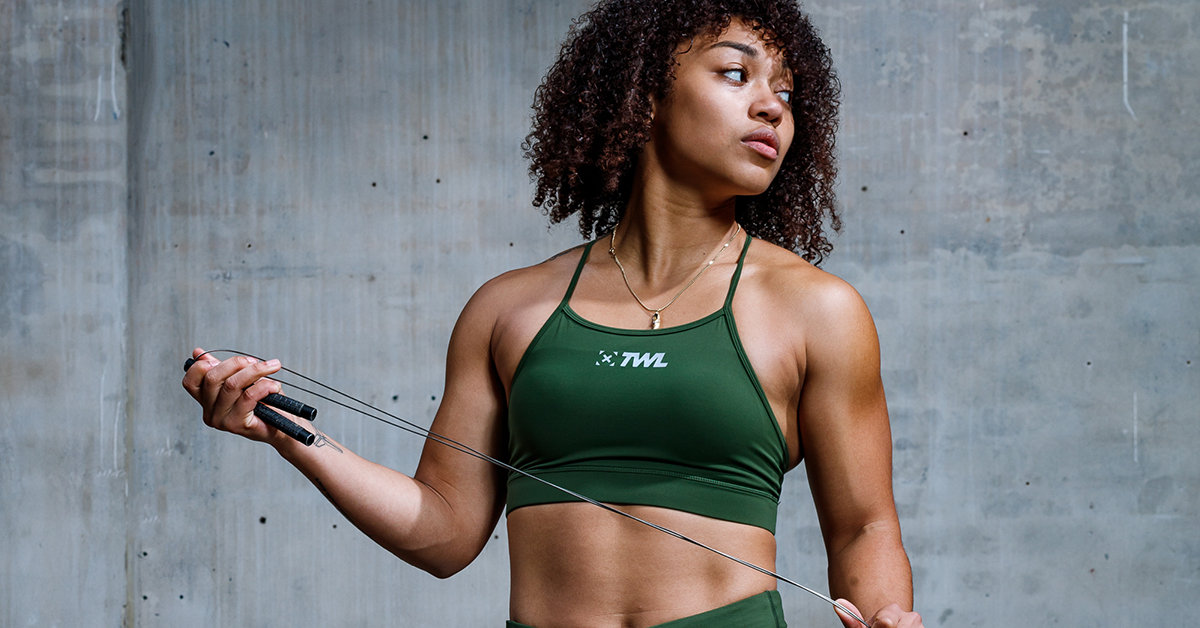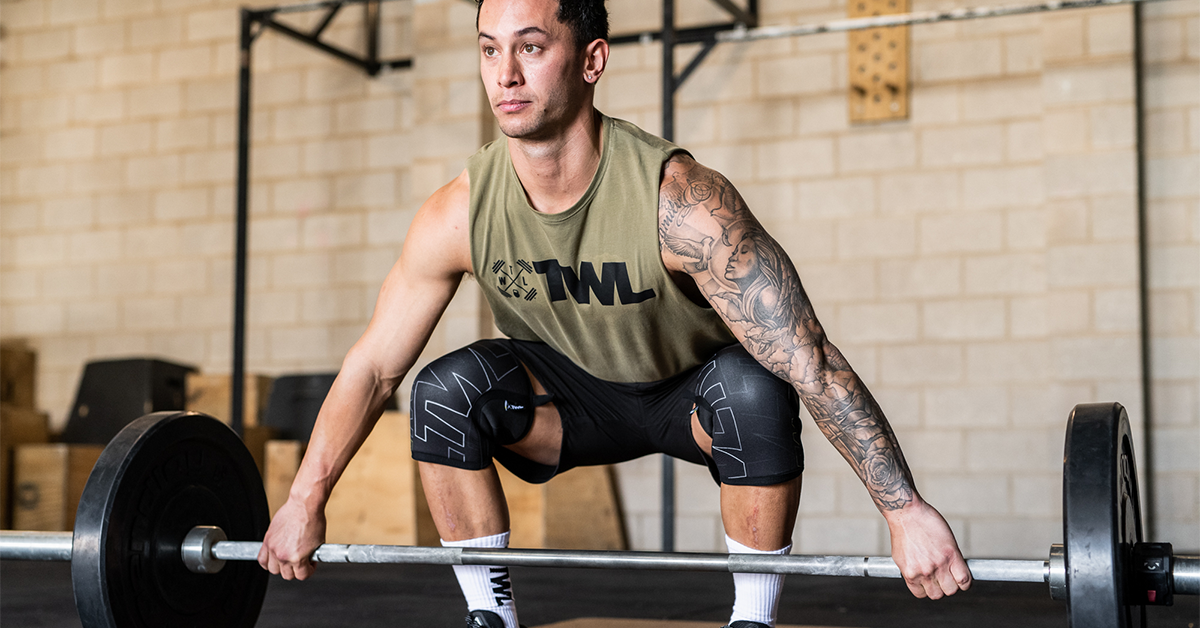Powerlifting is intimidating. The music, the energy, the behemoth human beings at the top of the sport (see: The Moutain) — everything about powerlifting screams hardcore. It’s even more intimidating when you walk through the doors of your nearest powerlifting gym without the slightest idea of what to do. That’s where we come in. Here are five useful tips to get your bearings in the powerlifting world.
Find a Program and Stick With It
Do you know what’s more important than choosing the right program? Sticking with it. There are a ton of beginner-friendly powerlifting programs littered across the web. Whether you choose something like Wendler 5/3/1, The Texas Method, Starting Strength, Candito’s Linear Progression, or something else, it doesn’t matter. What’s more important is being willing to commit to a program long-term so you can actually see some progress.
All these programs are effective and you will, without a shadow of a doubt, get stronger no matter which one you choose. But all too often I see athletes bounce from program to program faster than Fraser can take down a pint of Ben and Jerry’s. Most programs are designed with intent and purpose — sometimes it takes a while before you start seeing significant gains. It takes discipline to be able to follow a program to completion rather than chasing the seemingly greener grass of another program.
Don’t Overcomplicate Things
Have you ever seen a video of a guy squatting with chain on top of chain draped over the bar? Pretty badass, right? I won’t lie: it is, but it’s not really necessary for a beginner. When you’re new to the sport or lifting in general, you can make tremendous gains following a pretty simplistic linear program. The chains, the bands, the Duffalo bar all look great for Instagram, but usually, those athletes have essentially maxed out their potential for growth on a linear program and need to get creative to break through plateaus. Don’t over complicate things. Focus on the main lifts plus a ton of accessory work and then, when the time comes, you’ll be ready for all the bells and whistles.
Find a Coach or Someone You Trust
Finding a coach — or better yet, a powerlifting gym — is paramount to this whole process. You don’t want to end up in one of those “weightlifting fails” videos where someone records you working out from across the gym. Before you start moving any sort of heavy load, it’s of the utmost importance a trained professional teaches you the basics. Lifting weights is fun, but it’s not a joke. And nothing can extinguish the fire to want to get in shape faster than a couple of avoidable injuries right out of the gate. Seek out a trained professional — no, YouTube doesn’t count — that will watch you move and make the necessary corrections. Creating a strong foundation is the key to longevity in this sport.
Gear Up
Before I give any recommendations, I will say this: it’s easy to go off the deep end here. I see people who walk through the door day one in basketball shorts and a baggy tee turn around a week later and they’re dressed head to toe in the latest and greatest gear. Now, that isn’t to say some gear isn’t necessary. In powerlifting, the gear isn’t so much a fashion statement as it is a necessity. The four pieces of powerlifting gear you should definitely consider are shoes, belts, straps, and wraps.
Shoes
For the shoes, consider something with a smaller heel to toe drop. It’s for this reason you see a lot of lifters wearing Converse All-Stars. But nowadays, there are a ton of quality shoes to choose from that are sturdy and comfortable. If powerlifting is one element of fitness for you and you still dabble in other sports, we highly recommend a more versatile shoe that will get you through everything, like the Adidas Adipower. It’s got the best of every world.
Straps
While it’s always a good idea to build grip strength, eventually, your grip will become the limiting factor, as opposed to your body strength. Powerlifting straps are an excellent idea for those heavy deadlifts. They take the pressure off your hands and fingers so the weight hangs more effortlessly — meaning you don’t have to maintain such an exhausting death grip on it. This often translates to heavier lifts for an athlete.
Belts
In powerlifting, you lift so much more than you would in another sport. Thus, what matters is having a belt that’s incredibly strong and sturdy. Remember, you’re only doing, at most, a few reps at a time. If the belt is a bit more challenging to get in and out of, that’s actually a good sign. Look for a leather belt with a double prong closure.
Wraps
Lastly, you need wraps. Whether they’re for your wrists or knees (or both!), comfort and functionality go hand in hand. For your lower extremities, some athletes prefer knee sleeves, while some prefer to wrap their knees like a mummy. For the upper body, some like wrist wraps that tie, while others like Velcro. Test out different gear, find what works for you, and stick with it. You’ll be thankful for the extra compression and support, and your joints will too.
Don’t Be a Hero
There should be a light-up billboard outside of every gym around the world that says this! This is the easiest concept in the world to wrap your head around but the hardest to put into practice. Maybe it comes with age, but the ability to listen and understand what your body is telling you is an invaluable skill in the weight room. If it feels sketchy, it’s probably sketchy. If you can barely keep your eyes open, maybe you should go home and get some rest so you can train hard tomorrow. Or my favorite, just because you saw something online doesn’t mean it’s effective, practical, or safe.
Be smart. Find someone you trust — a coach who knows what they’re doing. Learn to listen to your body. There are no shortcuts to getting stronger. It’s a long, long road with ups and downs, triumphs and setbacks, but nevertheless, it’s a journey worth taking.
Main image: Heather Connor/Instagram
















